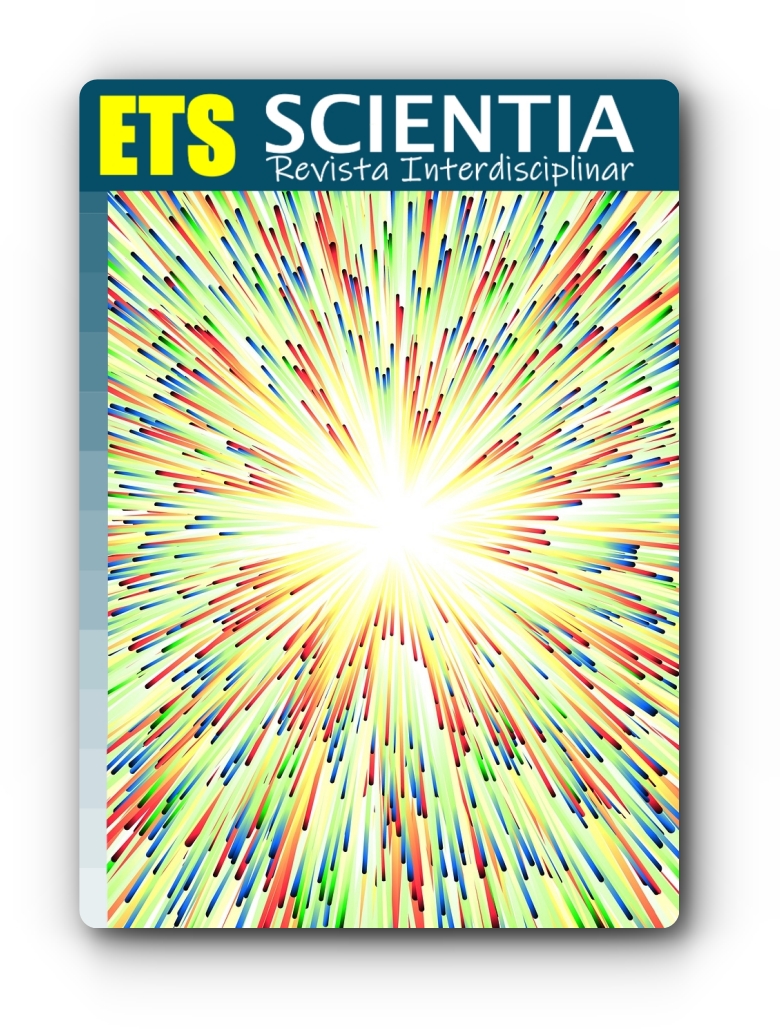Exploring the integration of programming and electronics: a case study on the traffic light with Arduino
DOI:
https://doi.org/10.5281/zenodo.10278867Keywords:
Arduino, Schedule, TeachingAbstract
This article delves into a transformative pedagogical initiative designed to offer elementary and high school students a hands-on introduction to programming and electronics concepts. At the heart of this educational endeavor is the utilization of the Arduino platform as a central tool to engage and empower students. The overarching project involves the construction of a functional traffic light system that simulates the intricate workings of a road intersection. By immersing students in the practical application of programming and electronics through the creation of a tangible project, the pedagogical experience has proven to be exceptionally effective. One of the notable outcomes is the heightened interest in technology among the participating students. This initiative goes beyond traditional teaching methods, aiming to captivate young minds through experiential learning. The collaborative nature of the project fosters an environment conducive to shared knowledge and cooperative problem-solving. Students actively engage with one another, working together to overcome challenges and master the intricacies of both programming and electronics. This collaborative learning approach not only enhances teamwork skills but also reinforces the understanding of fundamental principles. Through the use of the Arduino platform, students gain practical insights into the world of scheduling and programming. This hands-on experience equips them with valuable skills that extend beyond the immediate context of the traffic light project. The intersection of theory and application facilitates a deeper comprehension of essential programming and electronics principles.
References
ABBEG, T. P. Brilhando na era digital: desvendando a magia da robótica com Arduino, potenciômetros e LED. ETS FACERE - Revista de Tecnologia e Conhecimento, [S. l.], v. 1, n. 1, p. 21–39, 2023. DOI: 10.5281/zenodo.8365185. Disponível em: https://esabere.com/index.php/efacere/article/view/49
ABBEG, V. A. J. O. Cultura material escolar e o livro didático. ETS HUMANITAS - Revista de Ciências Humanas, [S. l.], v. 1, n. 1, p. 44–73, 2023. DOI: 10.5281/zenodo.8374325. Disponível em: https://esabere.com/index.php/ehumanitas/article/view/50
ARAUJO, Amilson et al. Cultura Maker e Robótica Educacional no Ensino de Física: Desenvolvendo de um semáforo automatizado no ensino médio. 2020.
ASSIS, A. H. S. de. ESCOLA 21 X ESCOLA TRADICIONAL. Cadernos de InterPesquisas, [S. l.], v. 1, 2023. DOI: 10.5281/zenodo.8056637. Disponível em: https://esabere.com/index.php/cadips/article/view/16
BARBOSA, F. S. B. V.; SILVA NETO, R. C. da . Os desafios do novo ensino médio para a educação. ETS EDUCARE - Revista de Educação e Ensino, [S. l.], v. 1, n. 1, p. 46–71, 2023. DOI: 10.5281/zenodo.8241925. Disponível em: https://esabere.com/index.php/educare/article/view/38
MCROBERTS, Michael. Arduino básico. Novatec Editora, 2018.
MOREIRA, Michele Paulino Carneiro et al. Contribuições do Arduino no ensino de Física: uma revisão sistemática de publicações na área do ensino. Caderno Brasileiro de Ensino de Física, v. 35, n. 3, p. 721-745, 2018.
SANTOS, A. C. N. Convergência e avaliação do desenvolvimento infantil: um estudo de caso com os instrumentos Denver II e IDADI. Cadernos de InterPesquisas, [S. l.], v. 1, p. 8–29, 2023. DOI: 10.5281/zenodo.8019267. Disponível em: https://esabere.com/index.php/cadips/article/view/
SILVA ,M. Como criar um semáforo com Arduino.
https://www.makerhero.com/blog/como-criar-um-semaforo-com-arduino/
TRZASKOS, L. Equidade em sala de aula: explorando os planos de trabalho docente frente as desigualdades sócio-educacionais no ensino da matemática. Cadernos de InterPesquisas, [S. l.], v. 1, p. 69–84, 2023. DOI: 10.5281/zenodo.8044937. Disponível em: https://esabere.com/index.php/cadips/article/view/15
Downloads
Published
How to Cite
Issue
Section
License
Copyright (c) 2023 Thiago Phelippe Abbeg

This work is licensed under a Creative Commons Attribution-NonCommercial-ShareAlike 4.0 International License.






